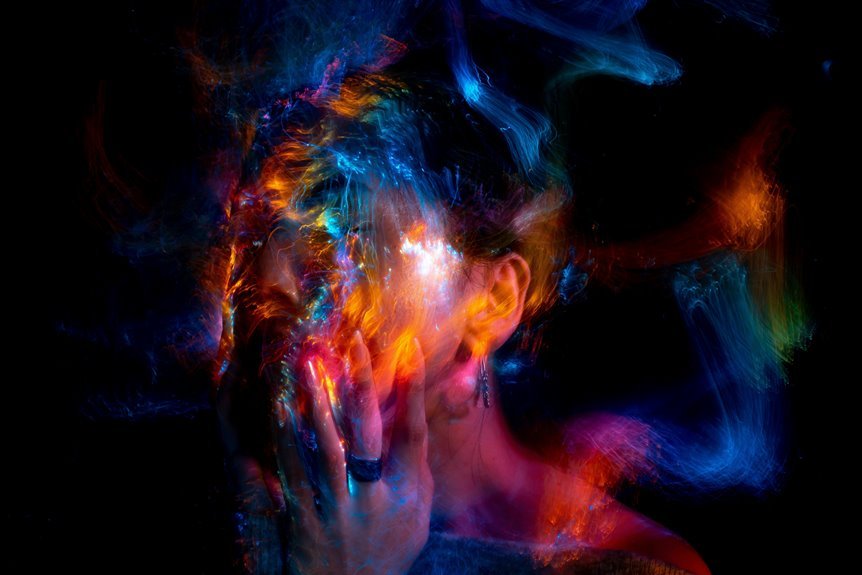The concept of the “World’s Blackest Person” raises intriguing questions about skin pigmentation. What defines this title? Is it merely the amount of melanin, or do cultural perceptions play a larger role? Various individuals have been noted for their deep skin tones, yet the criteria for such classifications remain ambiguous. Exploring the nuances of this label may reveal deeper implications about race and identity that challenge conventional understanding. What lies beneath these surface-level distinctions?
The Science of Skin Pigmentation
Although skin pigmentation is often perceived merely as a superficial characteristic, it is a complex biological trait influenced by genetic, environmental, and evolutionary factors.
Genetic variations play a crucial role in determining melanin production, which affects the darkness of skin. This interplay of genetics and environment not only shapes individual appearance but also underscores the diversity of human adaptation to varying climates and conditions.
Notable Figures in the Conversation
As discussions around skin pigmentation continue to evolve, several notable figures have emerged, each contributing unique perspectives to the dialogue.
Their celebrity influence shapes public perception, prompting inquiries into societal attitudes towards skin color. Figures like actors and activists challenge stereotypes and promote inclusivity, raising questions about identity and acceptance.
This ongoing conversation highlights the complexities surrounding the meaning and implications of skin pigmentation in contemporary society.
Cultural Implications of Labels
Labels, often seen as tools for categorization, carry significant cultural implications that can shape individual identities and societal perceptions.
Racial identity, as a social construct, influences how individuals are viewed and treated within various contexts. These labels can reinforce stereotypes or foster belonging, prompting critical examination of their role in shaping attitudes and experiences.
Are they instruments of empowerment or division?
The Intersection of Identity and Perception
While identity is a complex tapestry woven from personal experiences, cultural heritage, and societal context, perception plays a crucial role in how that identity is interpreted by others.
Racial identity, often shaped by societal perception, can influence how individuals are viewed and treated. This intersection raises questions about authenticity and bias, challenging the notion of a singular identity in a diverse world.
Conclusion
In the quest to crown the “world’s blackest person,” one must navigate a landscape rich with shades and nuances, akin to an artist’s palette blending deep indigos and velvety blacks. This title, while captivating, often obscures the intricate dance of genetics and culture that shapes identity. As society unravels the layers of perception surrounding skin pigmentation, it invites a deeper dialogue—one that celebrates diversity rather than reducing it to mere labels, fostering a tapestry of understanding amid the complexities of race.





